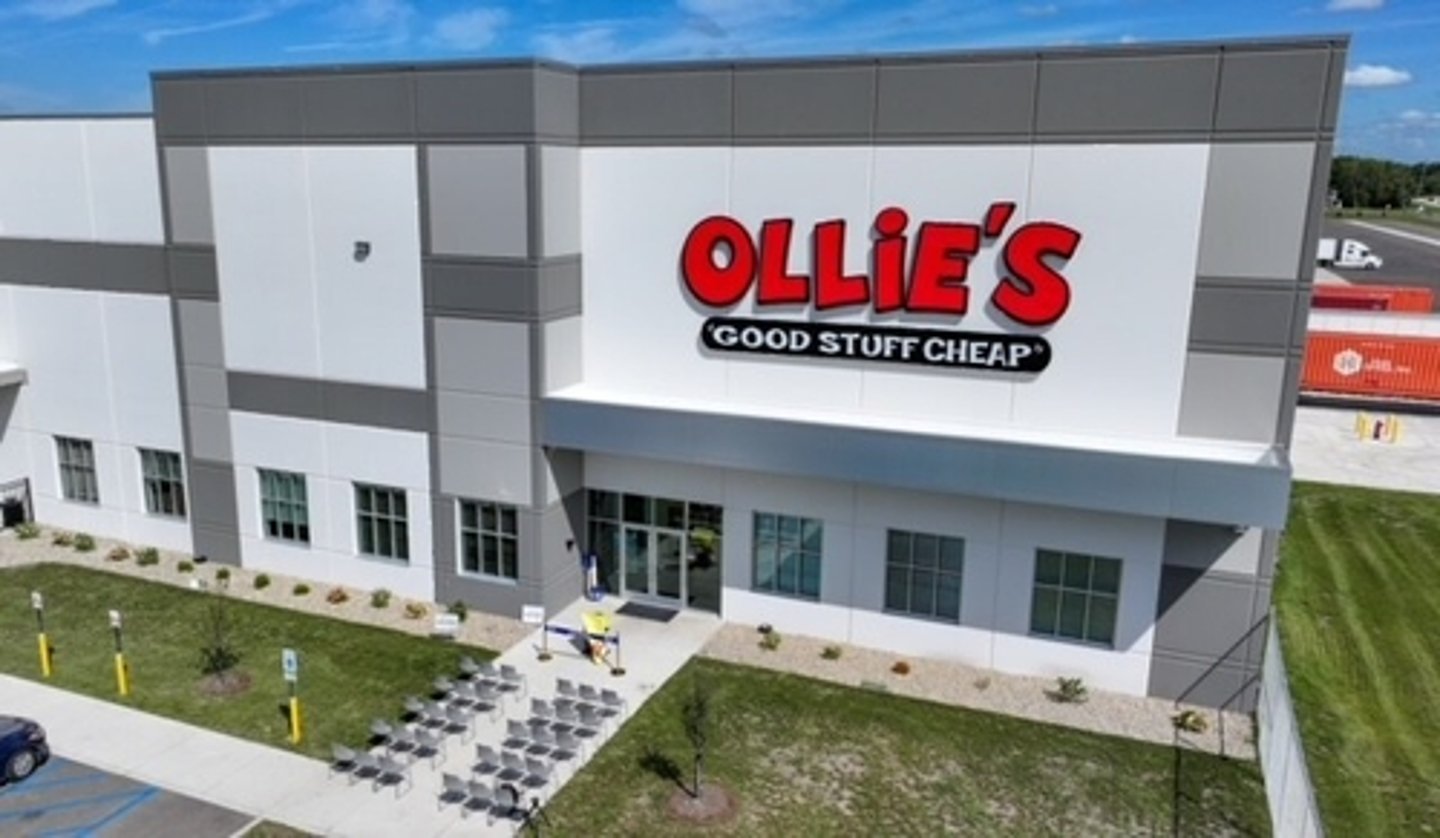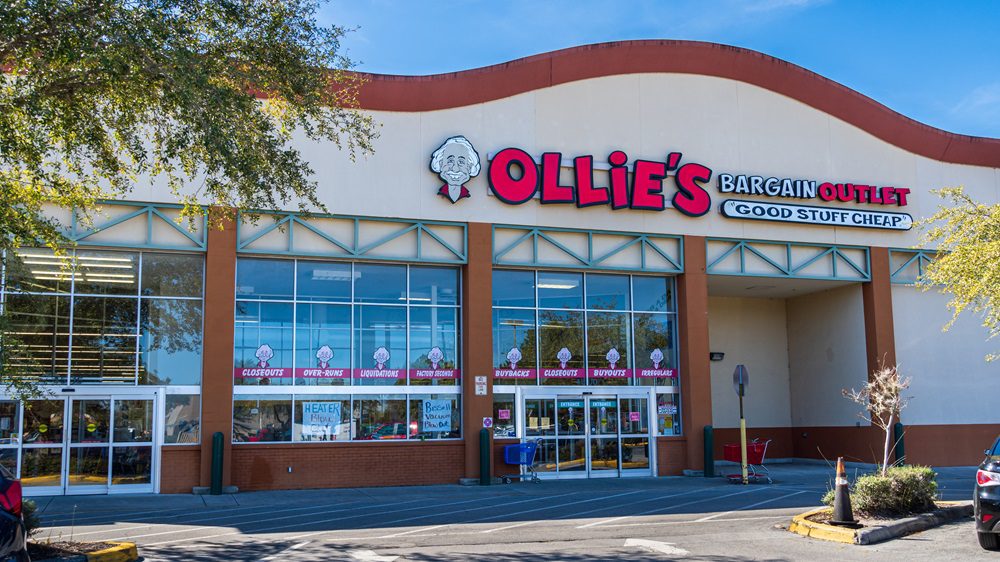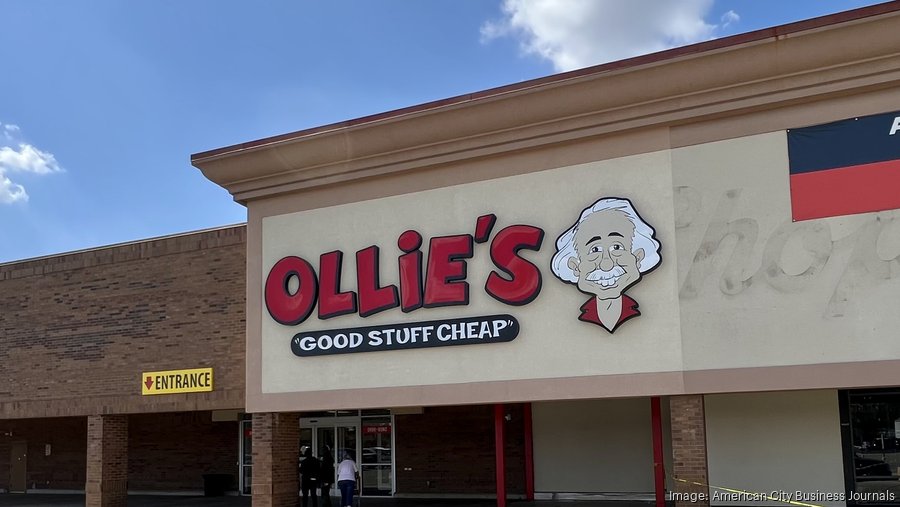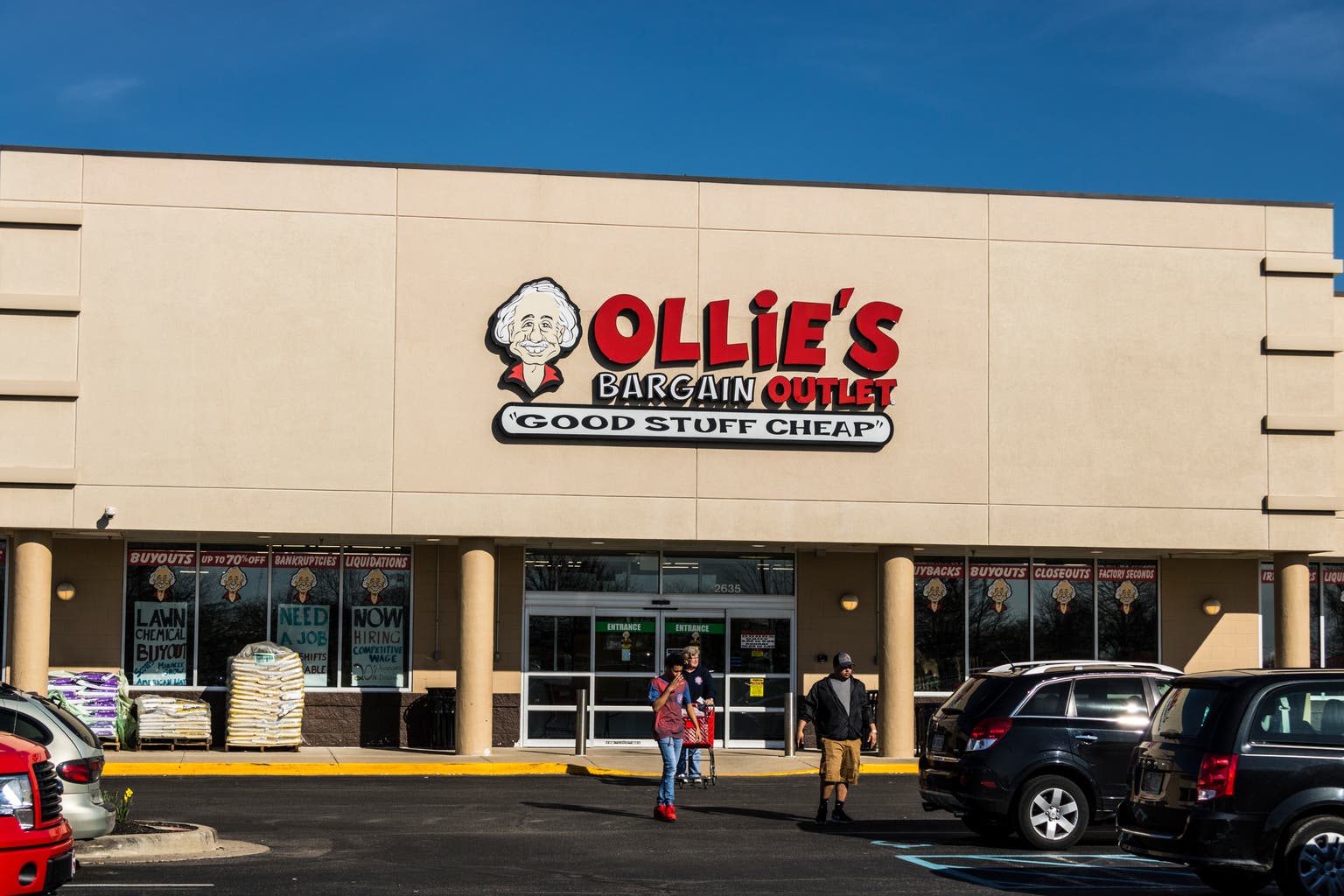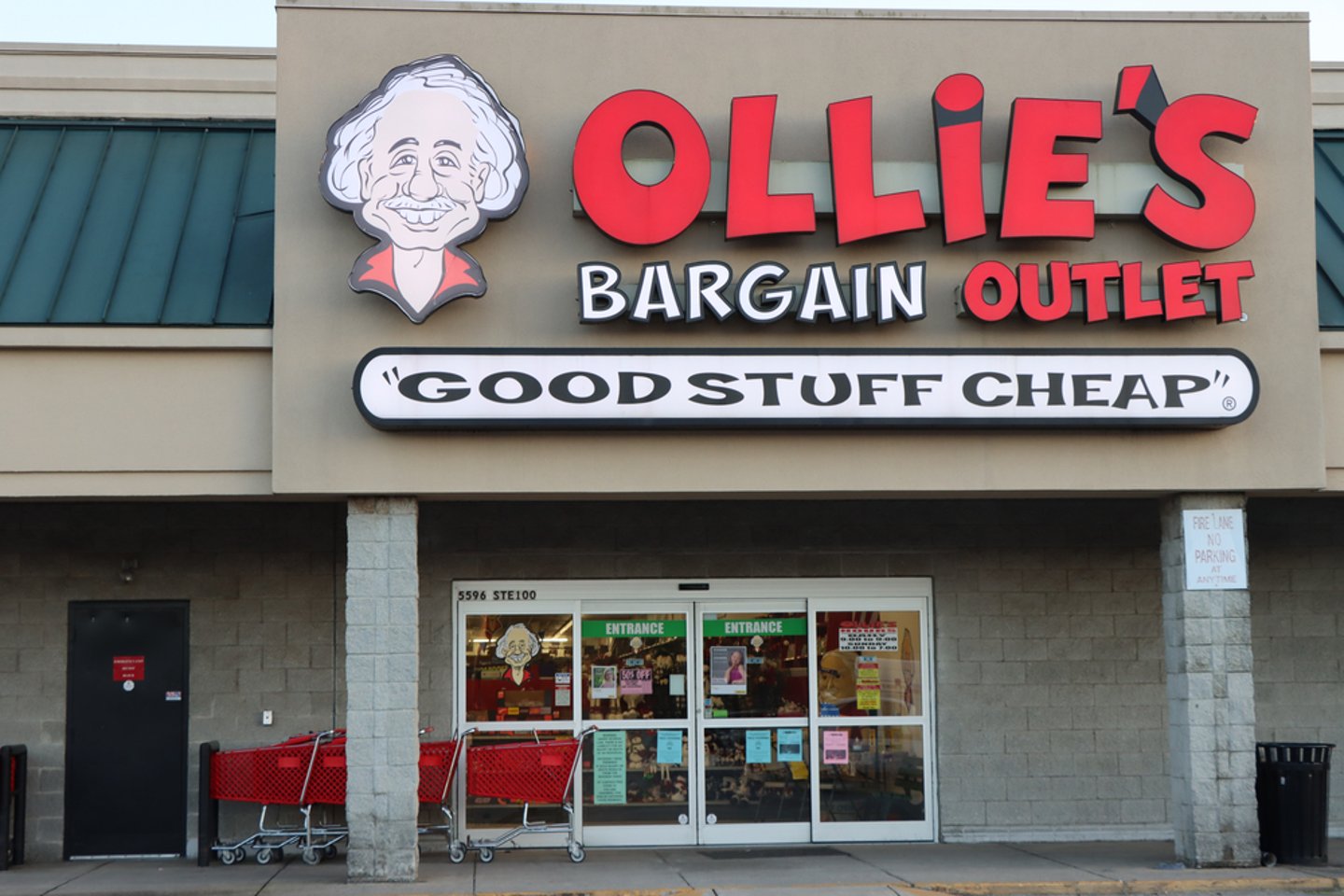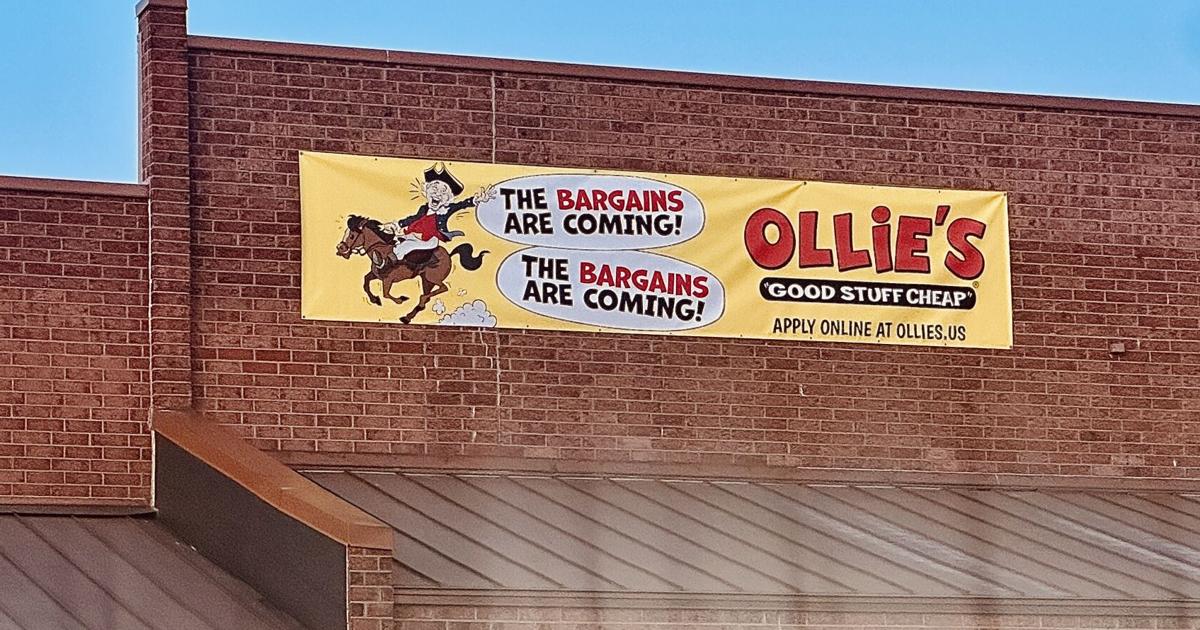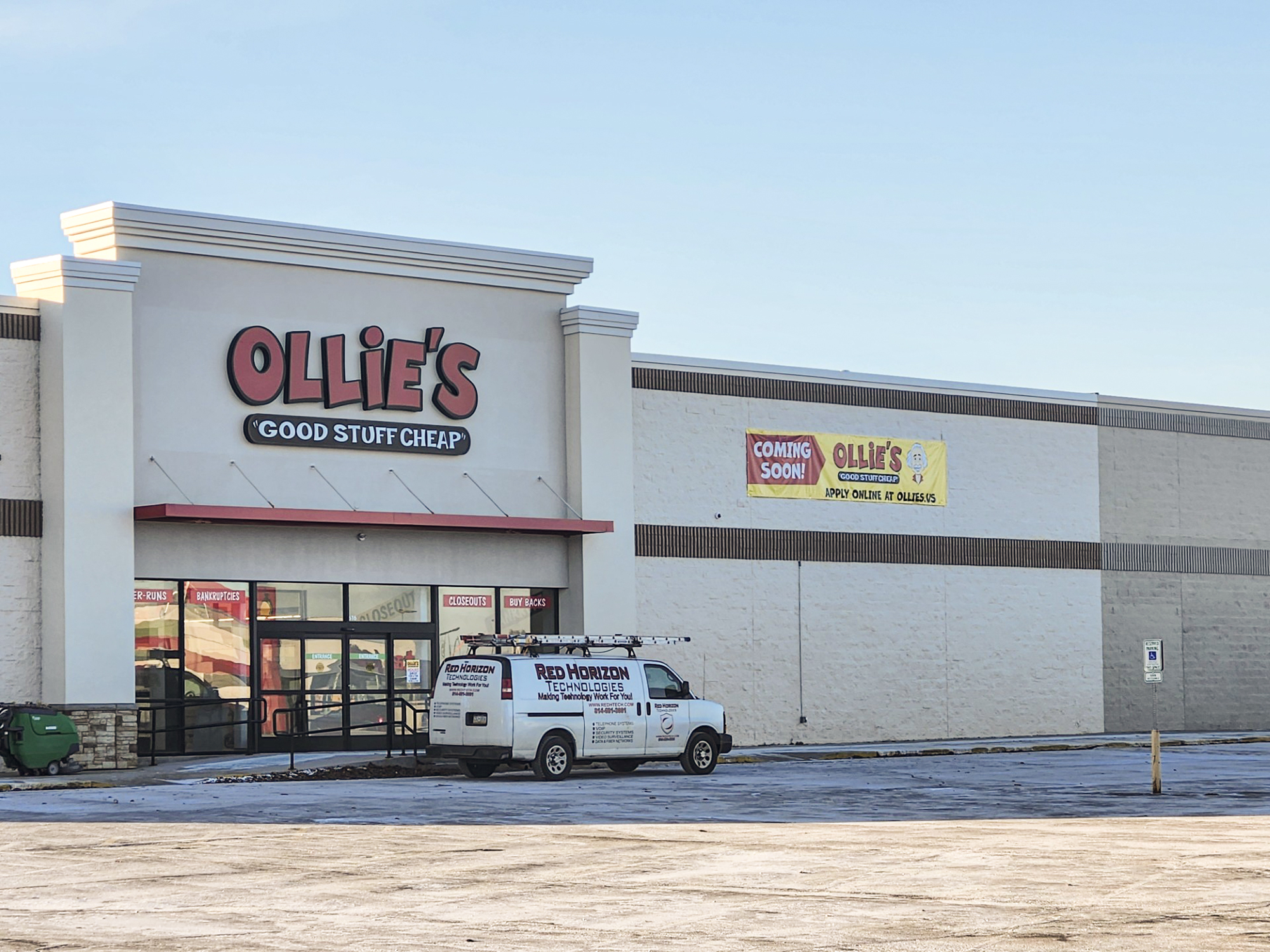Is Ollies Owned By Big Lots

The question of corporate ownership often swirls around discount retailers, leaving bargain hunters curious about the connections behind their favorite deals. One common query revolves around Ollie's Bargain Outlet and Big Lots: are these two discount chains related? The answer, surprisingly to some, is no.
This article will delve into the distinct ownership structures of Ollie's and Big Lots, clarifying their independent operations and exploring the factors that contribute to this frequently asked question.
Independent Entities: The Truth About Ownership
Despite sharing a similar business model focused on offering discounted merchandise, Ollie's Bargain Outlet and Big Lots operate as completely separate companies. Ollie's is a publicly traded company under the ticker symbol OLLI.
Big Lots is also a publicly traded company, trading under the ticker symbol BIG. Neither company holds any ownership stake in the other.
Ollie's Bargain Outlet's Corporate Structure
Ollie's was founded in 1982 in Mechanicsburg, Pennsylvania, by Morton Bernstein and Mark L. Butler. The company experienced steady growth, eventually going public in 2015. Ollie's is headquartered in Harrisburg, Pennsylvania.
As a publicly traded company, Ollie's is owned by its shareholders. These shareholders include institutional investors, mutual funds, and individual investors who purchase shares of OLLI stock on the open market.
Big Lots' Corporate Structure
Big Lots traces its roots back to 1967, originally operating under the name Consolidated Stores Corporation. The company underwent several transformations before adopting the Big Lots name in 2001. Its headquarters are in Columbus, Ohio.
Similar to Ollie's, Big Lots is a publicly traded company. Its ownership is distributed among its shareholders, including institutional and retail investors.
Why the Confusion?
The misconception that Ollie's and Big Lots are related likely stems from several factors. Both retailers operate in the deep-discount segment of the market.
They often sell similar types of merchandise, including overstock, closeouts, and slightly damaged goods. This shared business model can lead consumers to assume a connection.
The layout and atmosphere of the stores can also contribute to the confusion. Both retailers often have a no-frills shopping environment, prioritizing low prices over aesthetic appeal.
Impact on Consumers and the Retail Landscape
The independent operation of Ollie's and Big Lots is significant for several reasons. Competition between the two retailers benefits consumers by driving down prices and increasing the availability of discounted merchandise.
Each company has its unique approach to sourcing and merchandising, offering shoppers distinct experiences. Ollie's is known for its quirky branding and emphasis on "good stuff cheap," while Big Lots offers a broader range of products, including furniture and seasonal items.
The success of both Ollie's and Big Lots highlights the continued demand for value-driven retail options. They cater to budget-conscious shoppers and those seeking unique deals on a variety of products.
The clear distinction between these two retailers underscores the diverse landscape of the discount retail market. Each company navigates its own path to success, appealing to different segments of the consumer base.
Moving Forward
Understanding the independent ownership of Ollie's Bargain Outlet and Big Lots provides clarity for consumers and investors alike. While they may share similarities in their business models, they operate as distinct entities with their own strategies and corporate structures.
Consumers can continue to enjoy the benefits of competition between these two retailers. Each store provides unique shopping experiences within the discount market.
The next time you’re hunting for a bargain, remember that Ollie's and Big Lots are separate entities, each offering its own brand of discounted treasures. Their individual success stories demonstrate the ongoing appeal of value and the diversity within the retail world.
